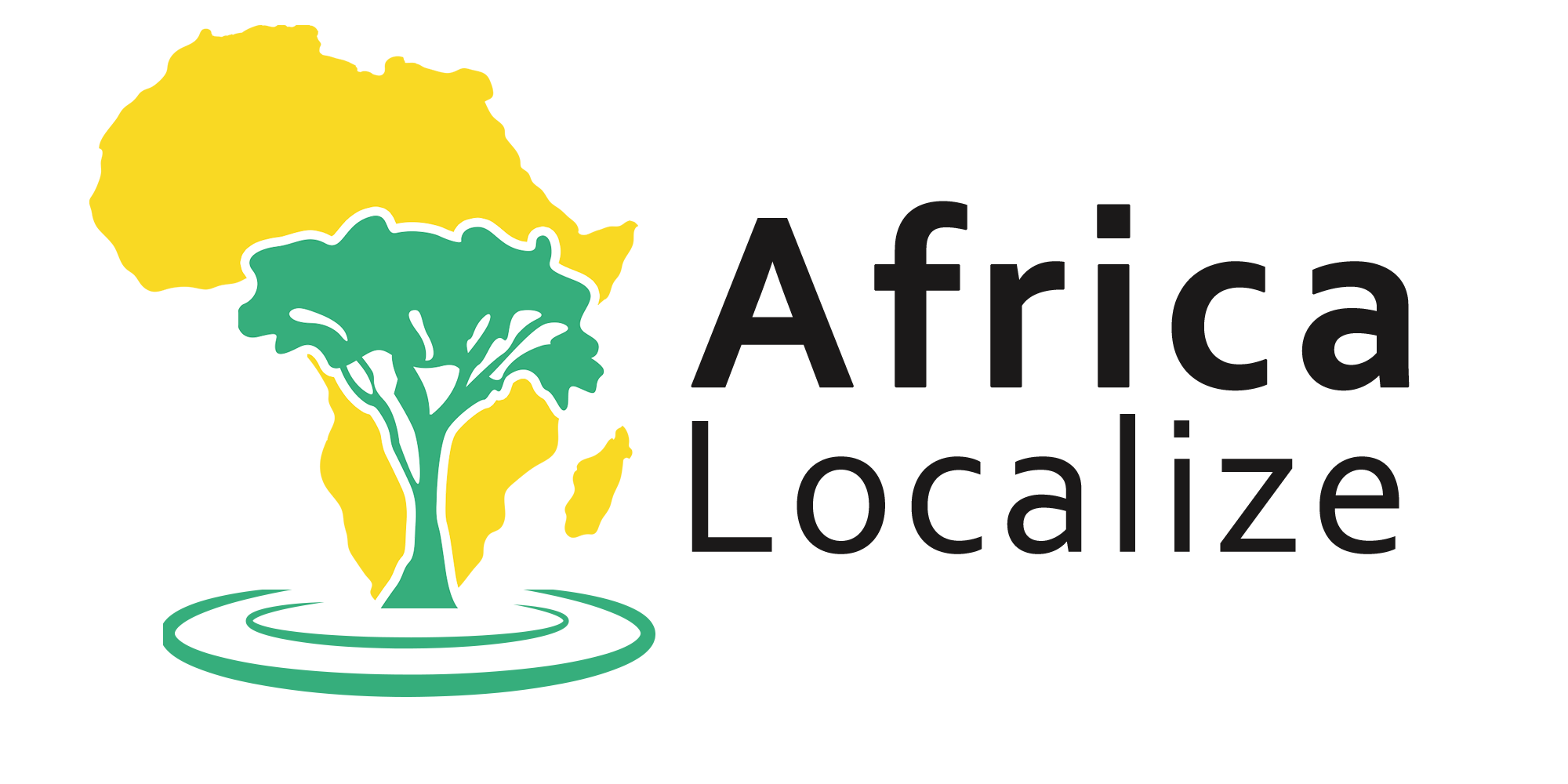What is Transcreation and When to Use it?

We all see advertisements on a daily basis, if not an hourly basis. They definitely became part of our lives and cultures.
Some big international brands release advertisements for many countries at once, but when you see them, they give the same message but are presented differently.
This different presentation is done specifically to adhere to each country’s/region’s cultural and lingual norms.
This is because what is viewed as a completely normal thing in one country, is considered extremely offensive in another.
For this specific reason, companies and language service providers tend to use a method called transcreation.
In order to learn about transcreation, we’ll need to define translation and then learn the difference between them, we will also know when we need transcreation for a project.
Defining Translation
We can simply define translation as changing a word or text from one language to another in order for it to convey the same meaning in the targeted language.
We use translation in many fields and domains, like
- Medicine
- Literature
- Legal field
- Commerce
- Administration
- Technology
- Multimedia
- Finance
There are other fields in translation, the limit is the sky. Everything nowadays can be translated from one language to another.
What is Transcreation?
The first thing that comes to mind what is the origin of the word “transcreation”. It is a mix of the two words “translation” and “creation”. We also call transcreation “creative translation”.
To define transcreation simply, it is the adaptation of words from one language to another, taking into consideration the change of idioms, figures of speech, and culture.
We can say it is an interpretation of a text that keeps the message but changes the form.
Transcreation needs creative linguists to be done properly. Sometimes even creative writers work in transcreation if they speak more than one language as they possess the skills for it.
5 Differences Between Translation and Transcreation
The core of translation and transcreation is still the same, changing words from one language to another.
But there are differences between them that need to be considered.
- The Content:
Translation cares about conveying the same message with minimal change to wording.
While transcreation doesn’t care about the wording as long as it delivers the main message with consideration to the culture it is made for.
- The Impact:
Translation doesn’t care about the emotional impact of the words as it only cares about the accuracy of the words.
While transcreation values the emotional impact of the words on the targeted audience. It is a matter of accuracy and emotion for the transcreation.
- The Action:
Translation is all about conveying the message with the greatest accuracy. It doesn’t ask for any action to be taken if the original source doesn’t have a call to action.
On the contrary for transcreation, it is all about the motivation and the calls to action in order to buy something or to give something.
- The Message:
Translation cares about its only mission which is taking the original words and transforming them into the other language or languages.
Transcreation, on the other hand, cares for the message and how to give it justice when delivering it into the targeted language. It wants to deliver a message which is convenient to the culture.
- The cost:
The cost of translation is quite cheaper compared to transcreation. The reason for this is the effort and time put into the work is way greater than just translating a few words.
That doesn’t mean that translation doesn’t take effort and time, it’s just that transcreation requires effort, time, and creativity to be done.
When to use Transcreation?
That’s an important question.
When to use translation and when to use transcreation?
Transcreation is used for a few reasons, like
- Increase brand awareness.
- Build a clientele to start a new business.
- Expand your business.
You will need transcreation for things, like
- Advertisements for the internet or the TV.
- New websites
- Product brochures
- Press releases
- Social media posts
An Example of Transcreation
The best example to give for transcreation is the “Share a Coke with…” campaign that was launched by Coca-Cola in 2011.
This campaign spread across the world. Basically, the campaign was about having a lot of names on the bottles and encouraging people to share them with each other.
Transcreation played a great part in this because, for each country in which the campaign was launched, they made sure to use the most common names that were used in that country.
This kind of transcreation gained Coca-Cola lots of big sales. People were lining up to find their names.
Frequently Asked Questions about What is Transcreation and When to Use it?
Conclusion
Transcreation is quite important in the modern world. It is used in more than one domain.
Both translation and transcreation are similar yet different. To each, its own uses and importance and they belong together hand in hand.
